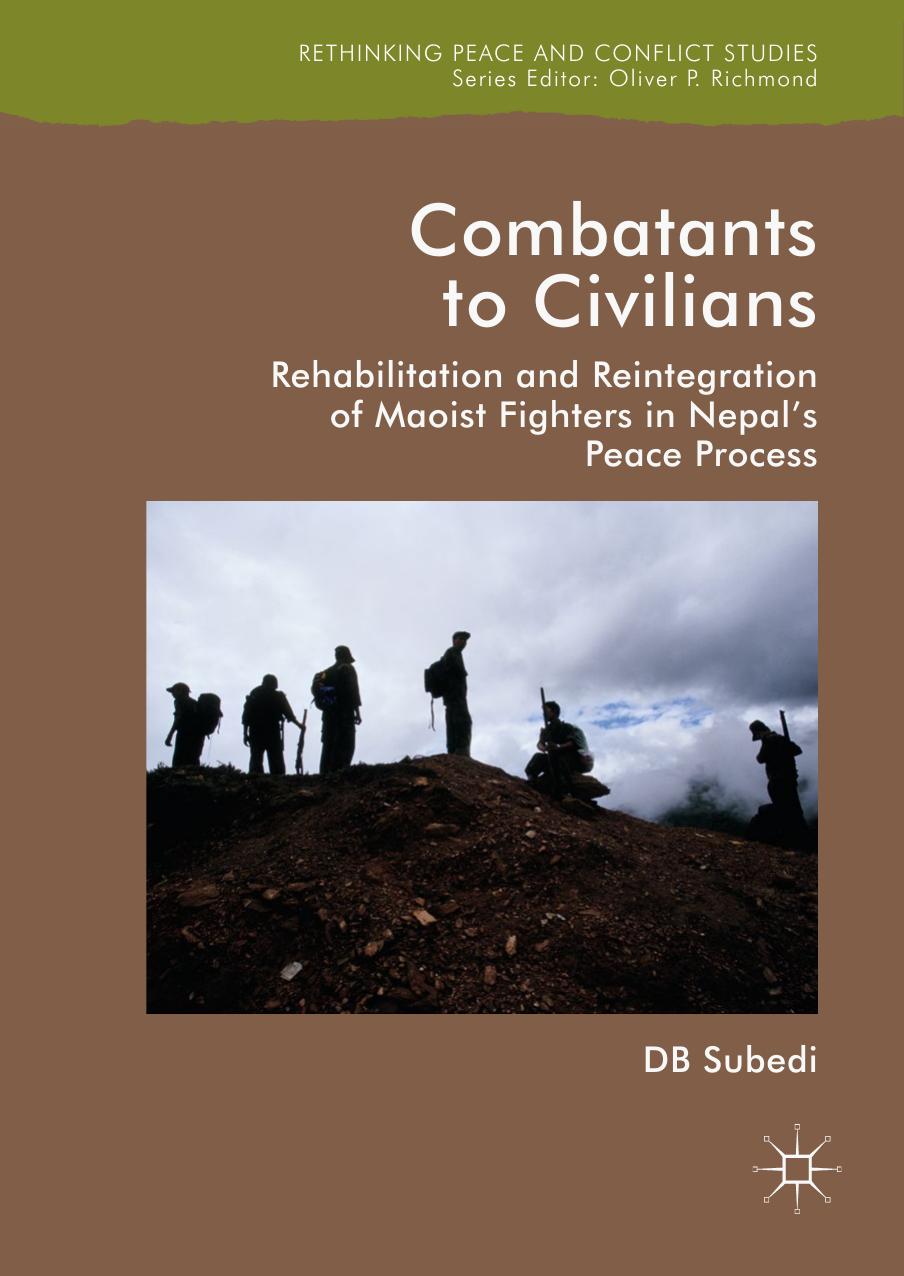Combatants to Civilians by D.B. Subedi

Author:D.B. Subedi
Language: eng
Format: epub, pdf
Publisher: Palgrave Macmillan UK, London
Notion of Disqualified Combatants and (Non)Participation in the UNIRP
As mentioned earlier, VMLRs were initially classified by the UNMIN as “disqualified” combatants. The literal translation of “disqualified” in the Nepali language is ayogya, which has several negative connotations and inferences in Nepali society. For instance, to be ayogya means, among other things, to be virtually useless, redundant, unfit or incapable of anything good. Without knowing the implicit and explicit negative connotations of the term, the UNMIN had proved culturally and socially insensitive and naïve in categorising the ex-combatants as “disqualified” and this ultimately created an unfavourable operational environment for the UNIRP .
The notion of “disqualified” carried stigma, humiliation and a feeling of rejection amongst the VMLRs . Use of the term was one of a few reasons why many VMLRs could not return to their villages and families. An ex-combatant in Dhangadi said, “being called ‘disqualified’ is humiliating and carries a lot of social stigma . I cannot go to my village because people call me ‘disqualified’; it hurts me badly”.15 The notion of “disqualified” combatants, therefore, generated the VMLRs ’ negative perception and narratives towards the UNIRP . As a consequence, while many VMLRs rejected the UNIRP package, others became dubious about the UNIRP ’s credibility to support them. In both circumstances, the UNIRP initially experienced the VMLRs ’ rejection and non-participation in the programme, although participation in the programme increased over the time.
Download
This site does not store any files on its server. We only index and link to content provided by other sites. Please contact the content providers to delete copyright contents if any and email us, we'll remove relevant links or contents immediately.
| Arms Control | Diplomacy |
| Security | Trades & Tariffs |
| Treaties | African |
| Asian | Australian & Oceanian |
| Canadian | Caribbean & Latin American |
| European | Middle Eastern |
| Russian & Former Soviet Union |
The Secret History by Donna Tartt(18857)
The Social Justice Warrior Handbook by Lisa De Pasquale(12143)
Thirteen Reasons Why by Jay Asher(8800)
This Is How You Lose Her by Junot Diaz(6800)
Weapons of Math Destruction by Cathy O'Neil(6151)
Zero to One by Peter Thiel(5691)
Beartown by Fredrik Backman(5603)
The Myth of the Strong Leader by Archie Brown(5429)
The Fire Next Time by James Baldwin(5251)
How Democracies Die by Steven Levitsky & Daniel Ziblatt(5132)
Promise Me, Dad by Joe Biden(5088)
Stone's Rules by Roger Stone(5027)
A Higher Loyalty: Truth, Lies, and Leadership by James Comey(4851)
100 Deadly Skills by Clint Emerson(4845)
Rise and Kill First by Ronen Bergman(4705)
Secrecy World by Jake Bernstein(4652)
The David Icke Guide to the Global Conspiracy (and how to end it) by David Icke(4629)
The Farm by Tom Rob Smith(4442)
The Doomsday Machine by Daniel Ellsberg(4420)
